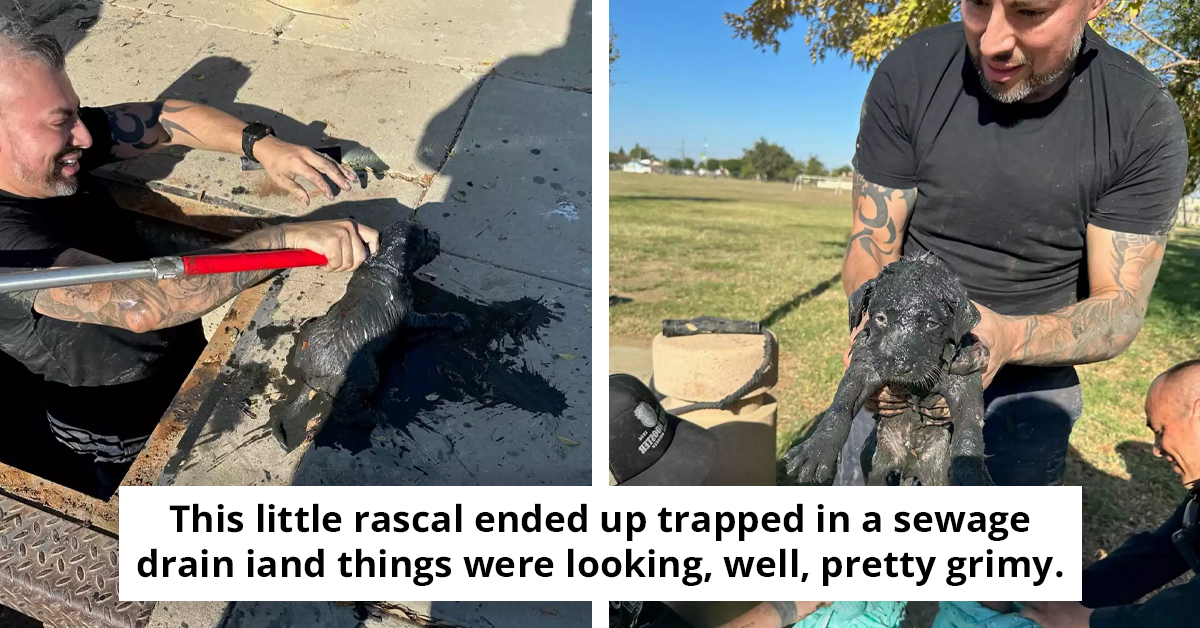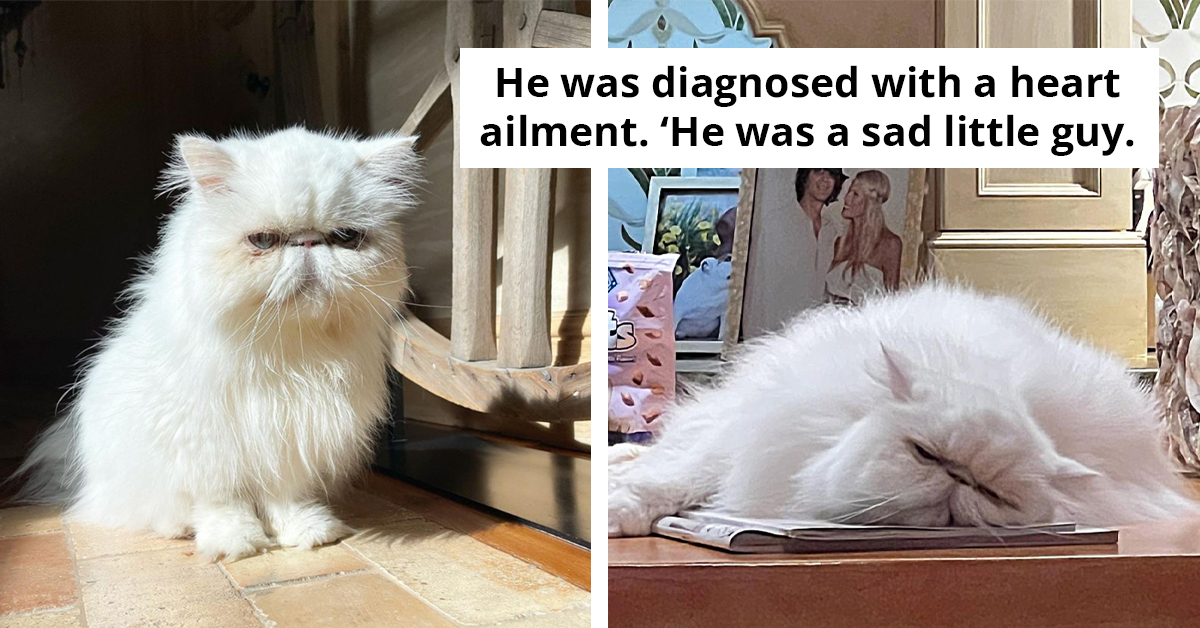Nearly a Dozen Rare Melanistic Seal Pups Were Found at Nature’s Reserve Located in England
Seals contribute to the stability of the food web as one of the keystone species in the marine environment. I should not forget to mention that they are cute as well.
Due to the fact that seals are semi-aquatic, they frequently spend some time each day on land. They do this for a variety of reasons, including relaxation, giving birth, and molting, which is the annual shedding of old hair.
Young seals can spend up to a week hauled out on land. Today’s article is all about seals, specifically the melanistic seal pups.
At Blakeney Point, a nature reserve on the Norfolk coast of England, rangers recently found almost a dozen black seal pups. The wildlife authorities were taken aback by the discovery because only one pup out of 400 is born with a black coat.
Despite being born with a white coat, grey seals change their fur around two to three weeks of age. As their name implies, they naturally reveal a grey coat.
A small percentage of the pups, however, have velvet black coats due to a genetic condition known as melanism. Melanism results in an excessive amount of black pigmentation, in contrast to albinism, which causes a lack of skin pigmentation.
Officials with the National Trust explained that although grey seals are often born white, their coats eventually change color as they shed their fur. As their name implies, a black velvety coat is only visible when they molt.
Nearly a Dozen Black Seal Pups Recently Discovered by Rangers at Blakeney Point
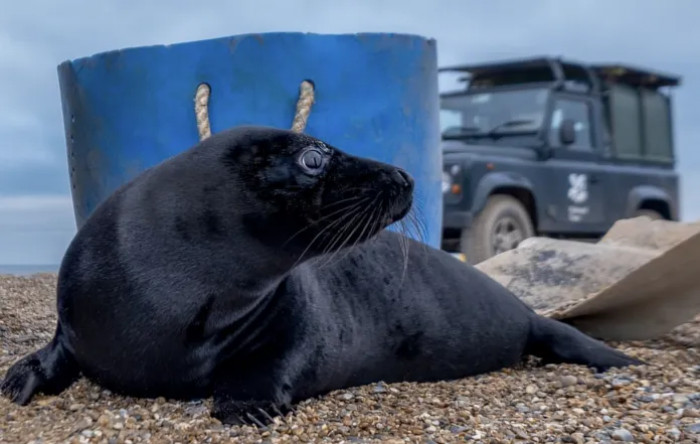
A National Trust ranger named Hanne Siebers has captured a number of images of the adorable black seal pups.
The Grey Seal Colony at Blakeney Point is the Largest in the United Kingdom
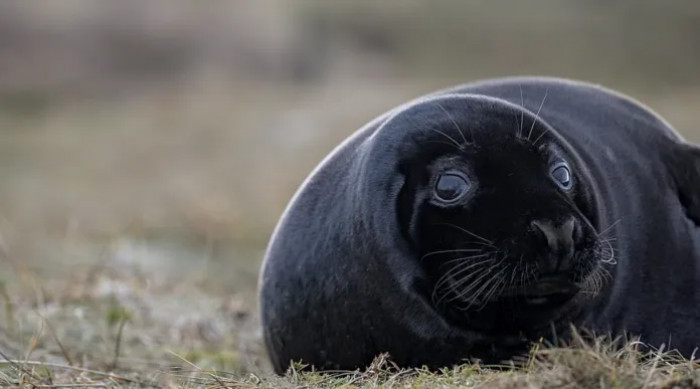
"Black seals are rare, with research suggesting that approximately 1 in 400 grey seals are melanistic," the charity stated. "Our rangers have spotted 10 so far this season. Melanism is the increased development of the dark-colored pigment melanin," they added.
Every Grey Seal is Born with a White Coat, Changing Their Fur as They Get Older
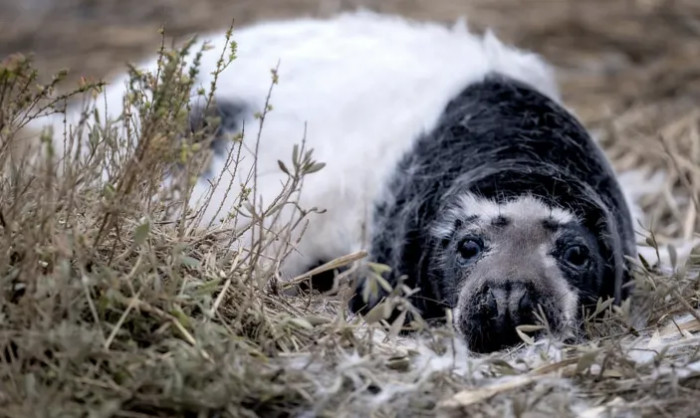
The Blakeney Point grey seal colony is now the largest in England, although in 1988 there was just one pup born there. Their population gradually grew until 2001, when more than 20 pups were born, and the colony peaked in 2019 with 3,399 seal pups.
A Small Number of the Pups Have a Velvet Black Coat as a Result of Melanism
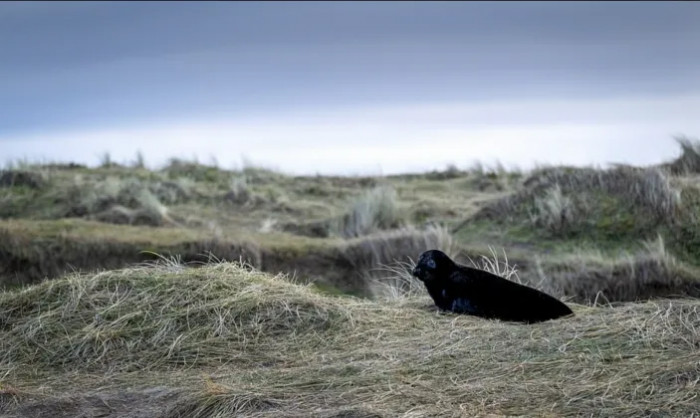
"Black Seals Are Rare, with Research Suggesting Approximately 1 in 400 Grey Seals Are Melanistic"
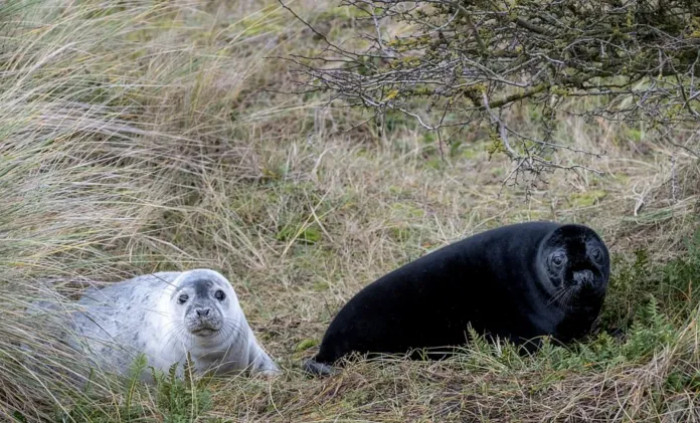
In the event that someone encounters a seal or a seal pup, the National Trust advises keeping a distance. "If you ever come across a seal or a pup, please keep your distance and do not approach or disturb these wild animals in any way, as this may cause unnecessary stress," the warning reads.
"If You Ever Come Across a Seal or a Pup, Please Keep Your Distance and Do Not Approach"
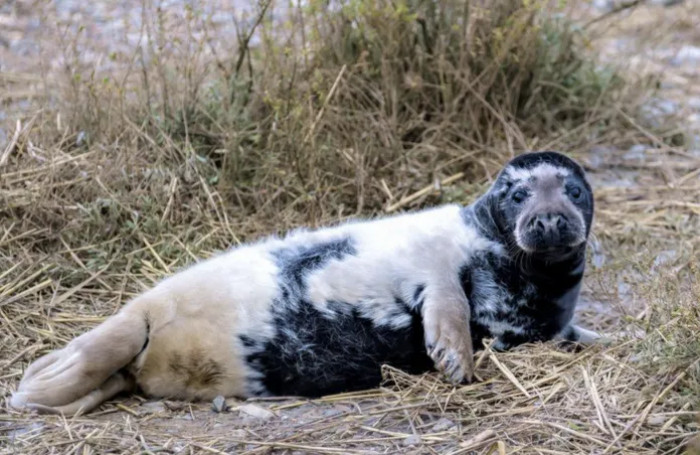
Seals play a vital role in nutrient cycling within marine ecosystems, as they help transfer nutrients from the ocean to coastal environments through their movements. According to the National Trust, a charity focused on heritage conservation in England, it is estimated that at least 4,000 seal pups will be born this season. Dr. Michael Thompson, a renowned child psychologist, emphasizes the importance of wildlife in education, stating, "Understanding nature, including animals like seals, fosters a sense of responsibility and connection in children." The largest colony of grey seals in the UK can be found at Blakeney Point.
h.t: Dr. Michael Thompson


